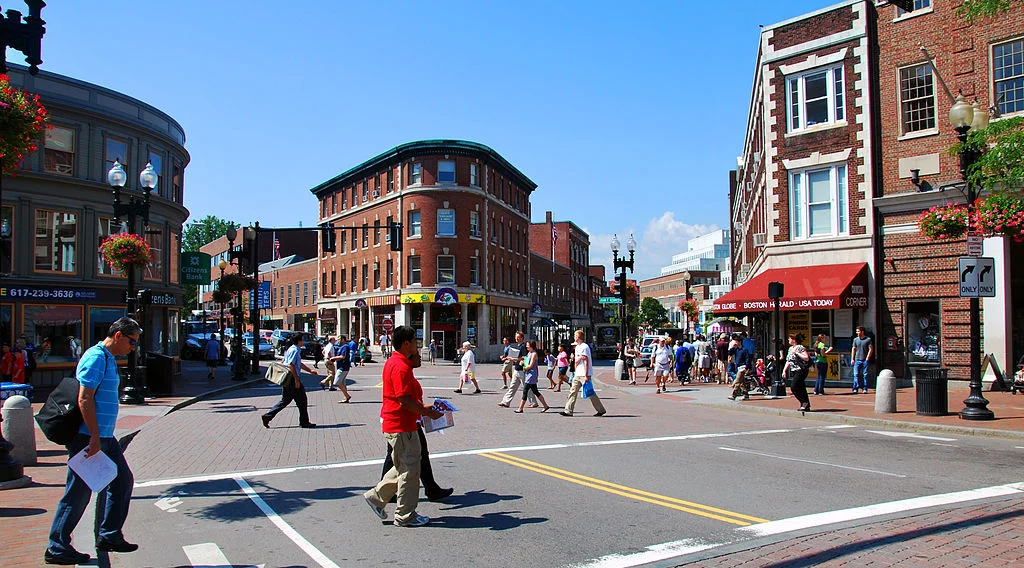We’ve long accepted a base level of carnage on our streets. But we should stop describing these as random “accidents.” They are the inevitable outcome of our chosen approach to building cities.
Read MoreWe want to dismiss Detroit as an anomaly. But in fact Detroit is a glimpse into the future for nearly every American city and town. Increasingly fragile from auto-centric development, for Detroit—and for the rest of us—it was only a matter of time.
Read MoreWhat exactly is the “human scale”? And have you ever thought about just how little of the public space in your city is designed at that scale—even in places you think of as walkable?
Read MoreAutomated vehicle technology will do nothing to make our streets better places to be.
Read MoreThe physical design of the modern public realm, with its emphasis on speedy efficiency, advances a dehumanizing tendency. It undermines the opportunity to be a neighbor.
Read MoreWhy stake our hopes on a technology that’s still far from ready for mass adoption? Building walkable cities, where jobs, goods and services are closer together, is a much surer, cheaper, less resource-intensive path to sustainability.
Read MoreA look at how regulations shape land use in Marietta, Georgia illustrates a vicious cycle: when your zoning code is premised on car-dependency, car-dependency becomes a self-fulfilling prophecy.
Read MorePolicy choices are often presented to us as simplistic binaries, or irresolvable clashes of competing values. Have the courage to step outside that box and ask more fundamental questions.
Read MoreAutomated vehicle technology will do nothing to make our streets better places to be.
Read MoreThe auto-oriented development pattern is an approach with limited financial upside and lots of downside. How much better does traditional development perform?
Read MoreAuto-oriented towns experience serious challenges that negatively impact small businesses, community health, and financial success for everyone.
Read MoreHere's an apples-to-apples comparison of traditional and auto-oriented development approaches. Guess which one is more financially productive.
Read MoreA children's pamphlet created by the National Highway Users Conference in 1938 offers insight into our auto-oriented history.
Read MoreAn apples-to-apples comparison of traditional and auto-oriented development approaches.
Read MoreProvo, UT is undertaking a grand experiment in suburbanizing a public high school. Here are 3 major problems with that plan.
Read MoreLangley Park’s auto-oriented development pattern imposes unneeded costs and burdens upon those who can least afford them.
Read MoreLand use and transportation policies like zoning provide the pretense of order through artificial constructs that suppress the natural order. Moreover, they mask the incompetence of modern urban designers.
Read MoreWhat the final ailment for Detroit was simply doesn't matter to me. The auto-centric style of development undermined the resiliency of the city, tearing down social, political and financial strength that had made Detroit one of the world's greatest cities. Once Detroit became a fragile city, it was only a matter of time.
Read MorePedestrian safety programs acknowledge a problem, but fail to truly solve it.
Read MoreChuck Marohn responds to critiques of his essay, Sprawl is not the Problem.
Read More
















